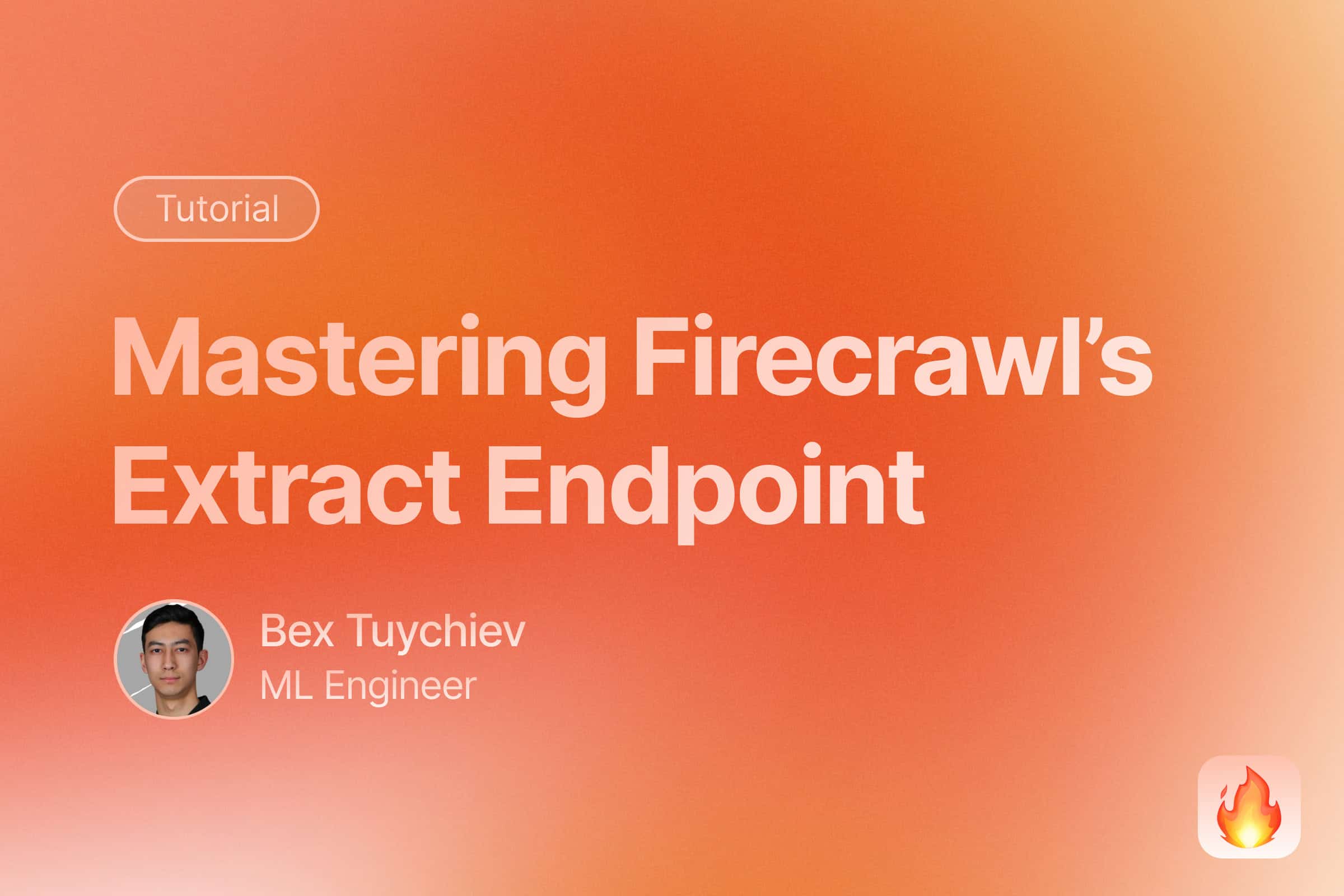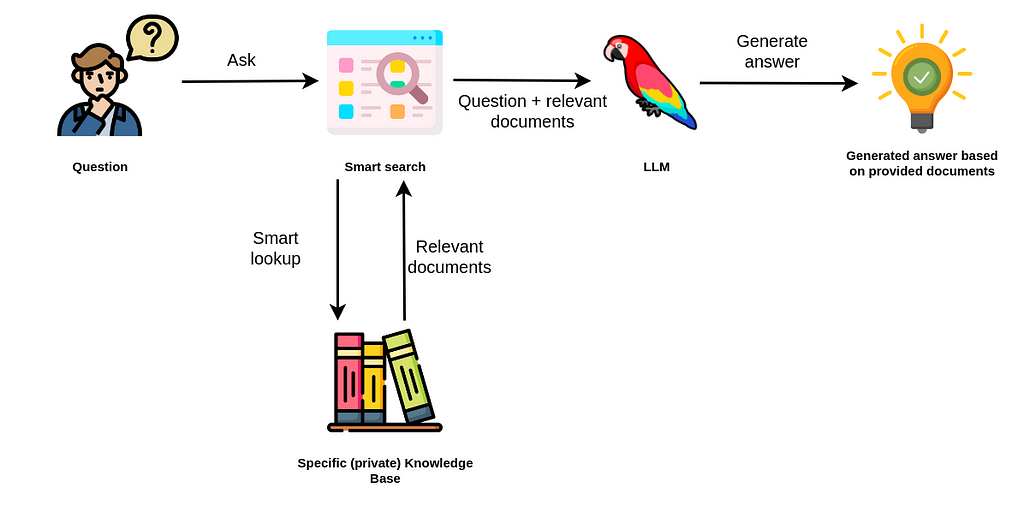This article is a 50,000-word full text of Andrej Karpathy's 3.5-hour lecture on Large Language Models (LLM), compiled by Web3 Sky City. The lecture delves into the technical principles of LLMs like ChatGPT, covering the complete training process of model development, how to understand their 'conceptual models,' and how to best utilize them in practical applications. The content includes data processing in the pre-training phase, Tokenization, Transformer neural network training, data generation in the inference phase, and how to transform a base model into an assistant model in the post-training phase. The article also introduces specific models such as GPT-2 and LLAMA-3, and explores how to leverage base models through Prompt Engineering and few-shot prompting. Andrej particularly appreciates the contributions of open-source projects like DeepSeek to the AI community. This lecture provides strong practical guidance for developers and researchers in model training and application, and also looks forward to future trends in model fine-tuning and prompt engineering. The article emphasizes that large language models are fundamentally statistical simulations of training data, and understanding their principles helps to better apply and evaluate these tools.



